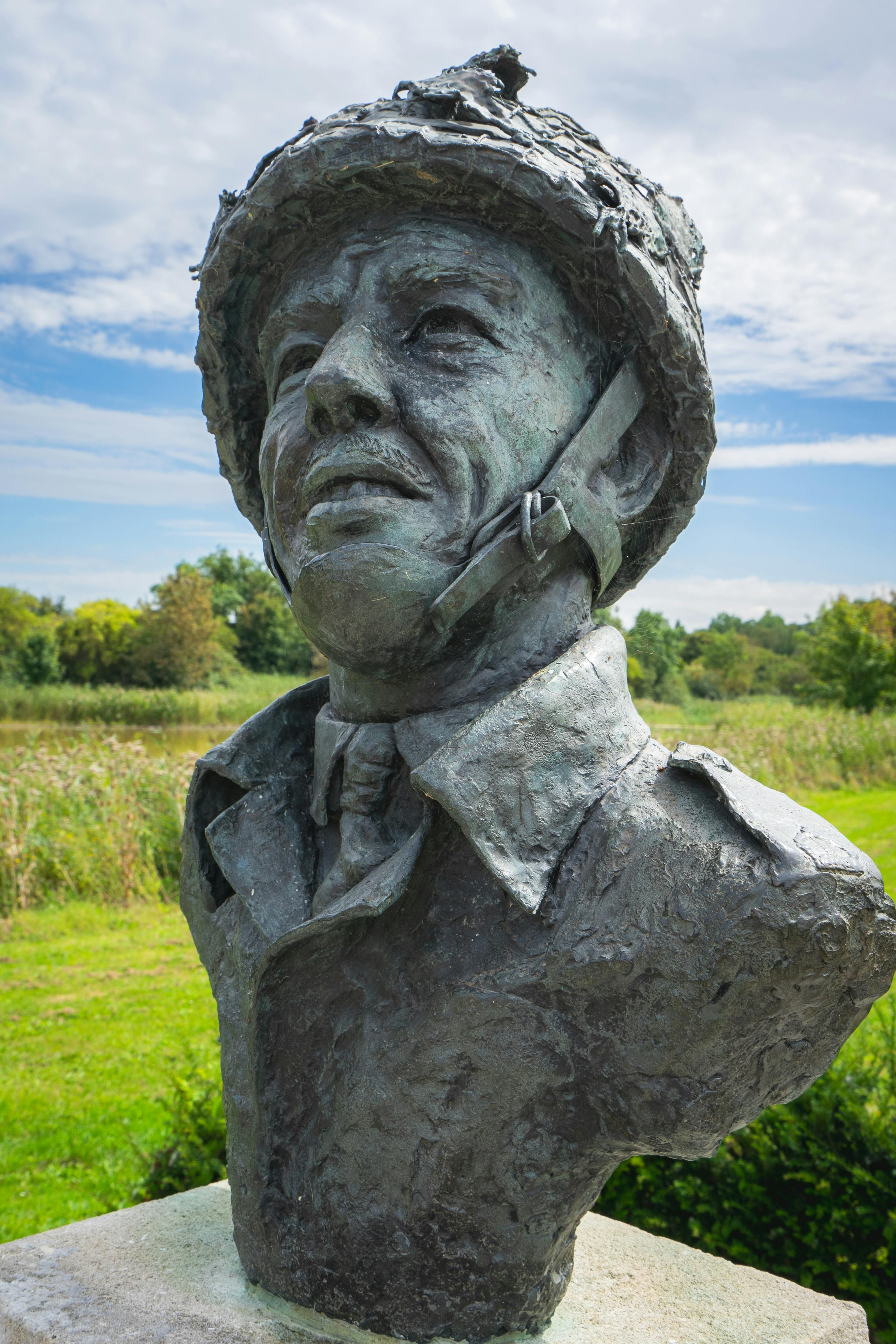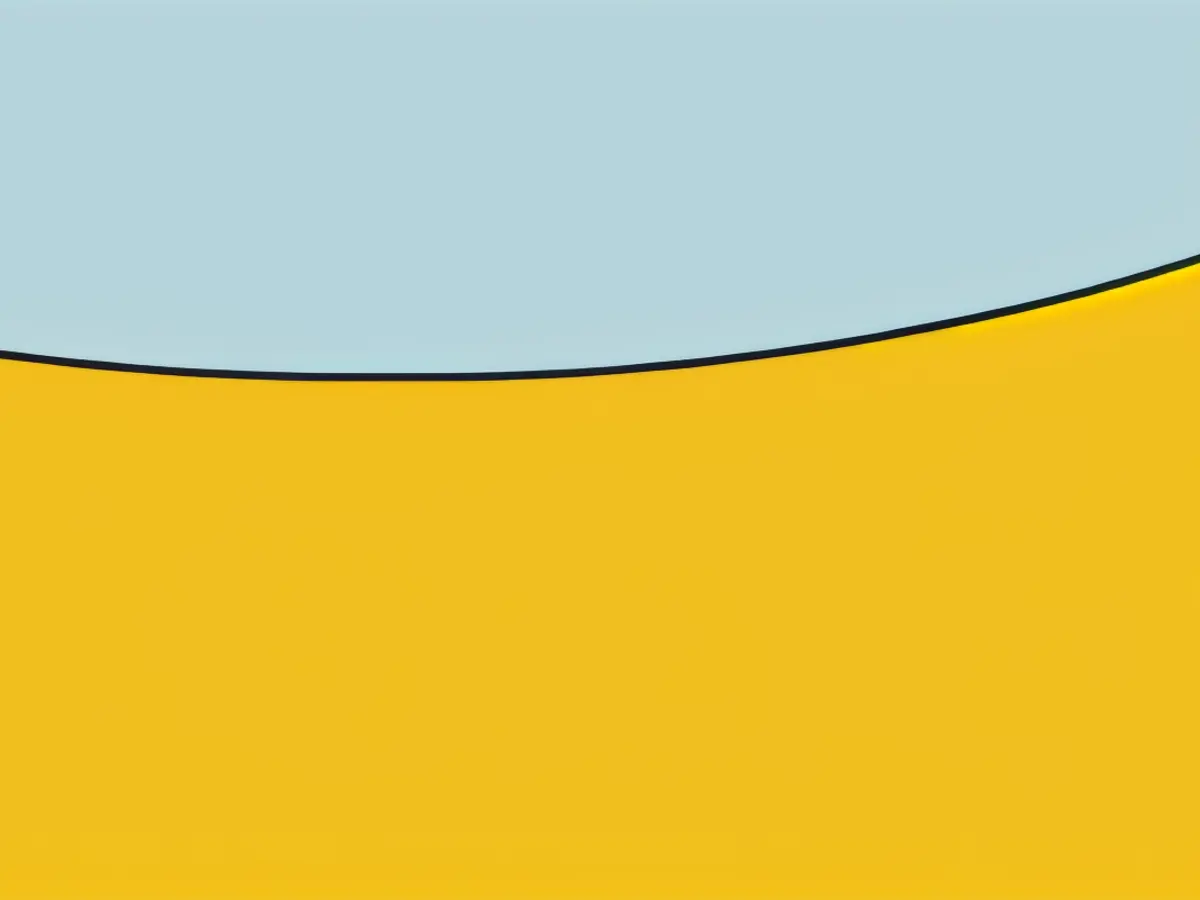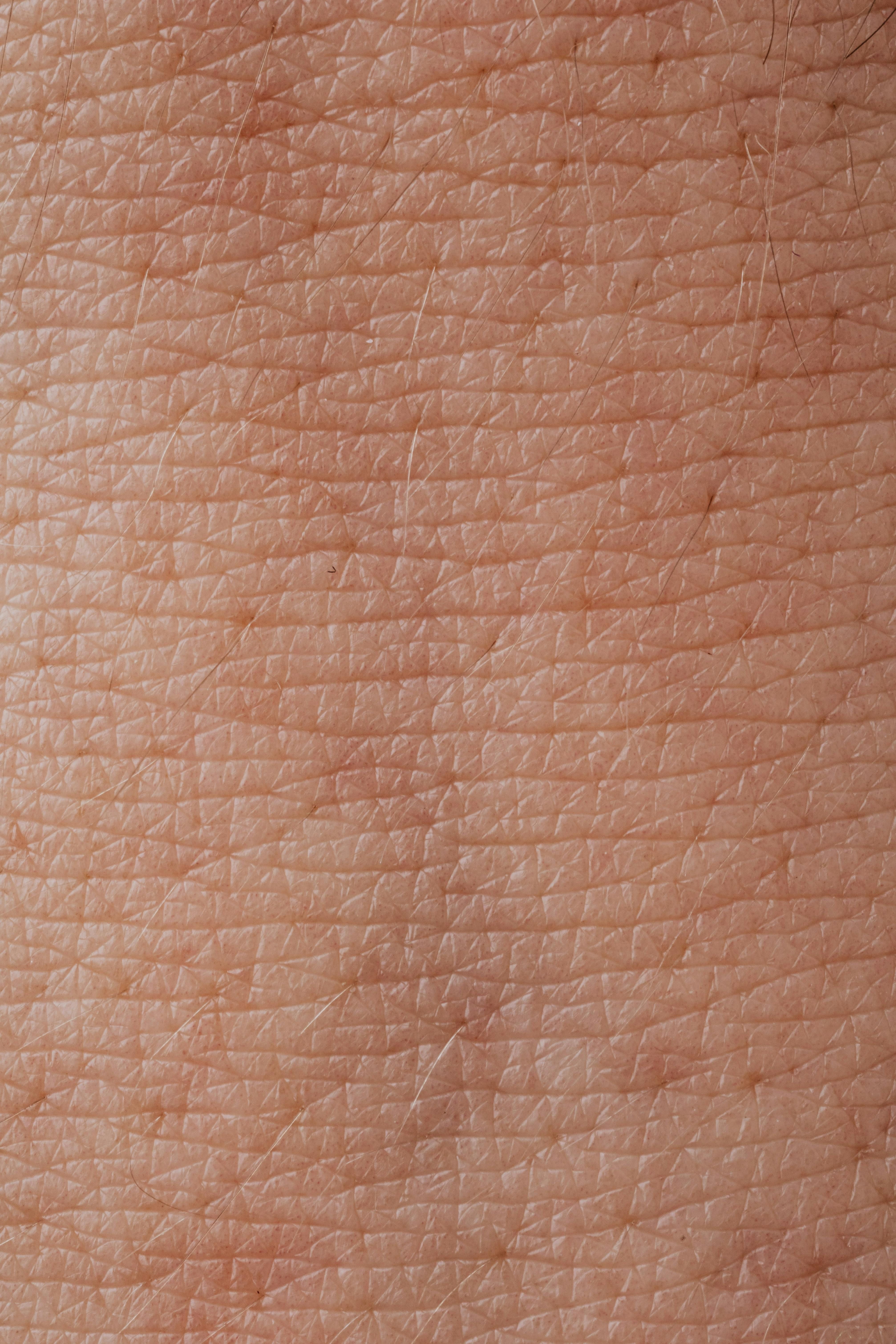Uncovering the Past: Tracing the Origin of Treasures in the Shadows of the DDR
Stolen Puppets Originating from "Problem Textbooks" - Stolen Doll Heist Traced Back to "Problem Books" Incident
Here's a sneak peek into the hidden stories of collectibles in Thuringia's cultural institutions, with a special focus on the shadowy era of the German Democratic Republic (DDR).
On Wednesday, cultural enthusiasts can join special tours and presentations to honor the International Day of Provenance Research. These events delve into the origins of collection objects, shedding light on their fascinating histories.
The State Book and Print Collection Greiz entices visitors with a peculiar tour titled "Navigating the Complexities of 'Problem Books' in the Summer Palace". This tour unravels the puzzling context of books that were once distributed to institutions by the Central Office for Scientific Antiquities (ZwA) during the DDR, including works with ties to Nazi-looted art.
Experts at the Thuringian State Museum Heidecksburg guide visitors through the depot, pondering questions like, "What hidden stories do these objects hold?". Meanwhile, the Friedenstein Foundation Gotha is set to uncover eight decades of "The Hunt for Looted Art in Gotha" at the Ducal Museum. The Duchess Anna Amalia Library in Weimar also offers an intriguing lecture.
The provenance of prints, books, and other artifacts comes under scrutiny
The Lindenau Museum Altenburg takes the viewer on a journey of discovery to explore the origins of print works in its collection through a recently released video podcast. The Friedenstein Foundation Gotha shares findings from a provenance research project they collaborated on with experts from Indonesia. The German Toy Museum in Sonneberg shares insights on historically valuable dolls that were stolen from the museum at a trade fair in 1993.
Provenance research, the study of an item's origin and past ownership, is crucial for understanding the history and significance of art and cultural objects. This field takes into account factors such as expropriations from the Nazi era, illegal appropriations during colonial times, and periods of Soviet occupation and the DDR.
Ongoing projects and initiatives
In Thuringia, the association also manages a coordination office for provenance research. This office supports medium-sized and smaller institutions by conducting preliminary checks to assess whether their objects may have entered their collections illegally. To date, these preliminary examinations have been carried out in 22 museums. Currently, further projects are underway in 17 Thuringian museums, delving deeper into the layered past of these treasured items.
Thuringia's rich cultural heritage was significantly molded by the DDR, which left its mark on the acquisition, preservation, and presentation of cultural artifacts. Understanding this complex history is essential for tackling the ongoing challenges of restitution and historical truth in the region.
Backstory: Thuringia's Cultural Landscape Under the DDR
During the DDR period (1949-1990), cultural institutions in Thuringia, like museums and galleries, operated under the principles dictated by the Socialist Unity Party (SED) and were tasked with promoting socialist ideology. This meant that the provenance of many objects was often linked to the party's goals of elevating socialist achievements and downplaying or critiquing capitalist influences. Art and cultural items were not only collected for their intrinsic value but also for their potential to tell the story of the socialist state and its successes.
- State Control and Propaganda: The DDR government took control over cultural institutions, including the acquisition of artworks and artifacts. This often included the appropriation of private collections or the recontextualization of culturally significant items to fit the narrative of socialist realism.
- Promotion of Socialist Ideals: Artworks and cultural artifacts were expected to reflect and promote socialist values. Museums frequently showcased works that depicted the lives of workers, the struggle against capitalism, and the triumphs of the socialist state, which influenced the types of objects that were collected and retained in cultural institutions.
Ongoing Challenges: Preservation and Documentation Dilemmas
The preservation of cultural artifacts was also impacted by the political climate and limited resources in the DDR. The prioritization of certain narratives over others often led to gaps in the documentation of provenance for various objects.
- Documentation Practices: Due to the SED's censorship and the ideological framing of history, many objects’ origins and histories may not have been thoroughly documented or may have been altered to fit the state narrative. This lack of accurate provenance documentation continues to challenge modern efforts for restitution and historical accuracy in Thuringian institutions.
- Post-Reunification Challenges: After the fall of the Berlin Wall and the reunification of Germany in 1990, many cultural institutions faced scrutiny regarding how they had acquired their collections. Initiatives to clarify the provenance of artifacts have been underway, but efforts to confront the legacy of DDR-era policies continue to complicate these efforts. Institutions are often tasked with reconciling their collections with the broader historical context, which includes addressing issues of ownership and restitution related to objects that may have been appropriated or misrepresented during the socialist period.
Progress and Future Endeavors
In recent years, there has been a growing recognition of the need to address the provenance of objects within Thuringian cultural institutions. This includes ongoing research projects, studies exploring the impact of the DDR on cultural heritage, and increasing efforts at restitution for cultural objects acquired during the DDR era. As the hidden stories of the past continue to unfold, the quest for truth and understanding remains an ongoing, vital part of cultural preservation in Thuringia.
- The presentation at the Thuringian State Museum Heidecksburg delves into eight decades of "The Hunt for Looted Art in Gotha" at the Ducal Museum, highlighting the relevance of provenance research in the quest for historical truth and restitution.
- The association managing the coordination office for provenance research in Thuria supports medium-sized and smaller institutions by conducting preliminary checks on objects, aiming to uncover any instances of illegal entry into their collections.
- In the light of discrepancies from the DDR era, ongoing projects in 17 Thuringian museums are delving deeper into the history of objects to reconcile collections with the broader historical context, addressing issues of ownership and restitution.








